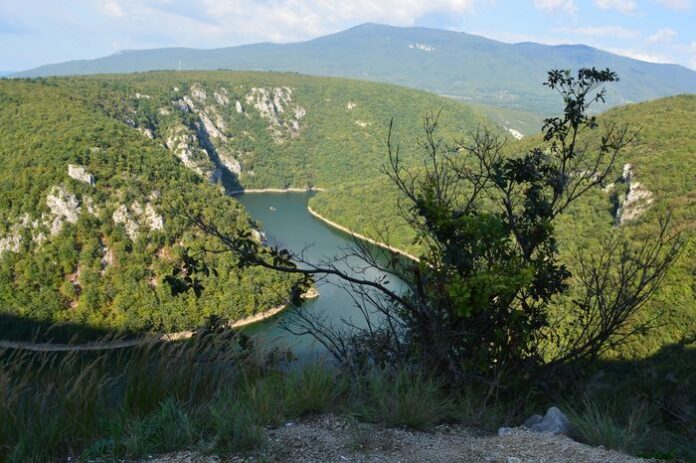In Constantinople (now Istanbul), many tradesmen and craftsmen still belong to traditional guilds. These guilds were once common all over Europe but disappeared in most countries due to the rise of modern industries and commercial systems. However, in Constantinople, where business still works in more traditional ways, the guilds continue to play a very important role.
These guilds are well-organized and carefully managed. Although there used to be around 600 different guilds, that number has now been reduced to about 275 through mergers. These guilds are officially registered at the Ministry of the Interior and together represent around 200,000 members Bulgaria Tours.
How the Guilds Work
The guilds operate in a way that is similar to labor unions in the United States. In Constantinople, no skilled worker can get a job unless he is a member of a guild and carries a membership card. Workers are grouped based on their skills and experience, which helps ensure that pay and responsibilities match a worker’s abilities. This is different from many labor unions in other countries, where everyone might receive the same wage, regardless of skill.
Each guild has a president and a council that oversee activities. The guilds collect money from their members through fees and also earn income from properties they own. These funds are mostly used for charity, such as helping sick members, supporting widows and orphans, and providing financial aid when needed The Historic Khans of Constantinople.
The Richest and Most Popular Guilds
Among all the guilds, the butchers’ guild is said to be the wealthiest, owning properties worth millions of dollars. The bakers and carpenters have the largest number of members. The trades are often divided in very specific and sometimes amusing ways. For example, there is a guild just for people who make straw-seated stools, which split off from the guild for straw-seated chairs.
There are even separate guilds for barbers. One guild is for barbers who work in shops, and another is for traveling barbers who visit homes, businesses, or serve customers in coffee houses and public places. These traveling barbers are more common, as many men in Constantinople prefer to be shaved at home or while relaxing at a coffeehouse—much like shoeshiners going from place to place in modern cities.
The Patrons of the Guilds
Each guild has a patron figure, usually taken from the Bible or religious tradition. These symbolic patrons represent the spirit or history of each trade. Some interesting examples include:
Adam – Patron of the bakers
Eve – Patron of the women who work in Turkish baths
Abel – Patron of shepherds
Cain – Patron of grave-diggers
Enoch – Patron of inkstand-makers
Noah – Patron of shipbuilders (very fitting!)
Elijah – Patron of fur coat tailors
It is unclear how each figure came to be connected with a particular trade, but these traditions have lasted for generations.
Guilds as the Backbone of the City
Even though the world is changing fast, the guilds of Constantinople continue to be a major part of daily life. They provide structure, support, and community to thousands of workers, while also preserving cultural traditions that date back hundreds of years.
